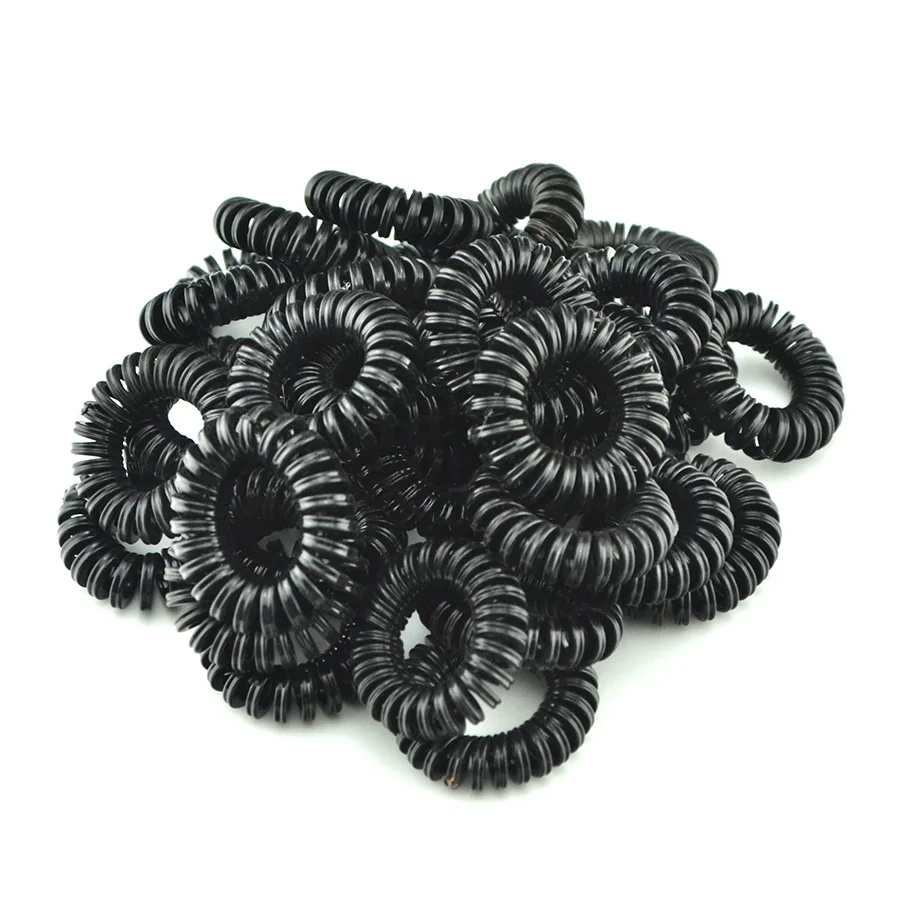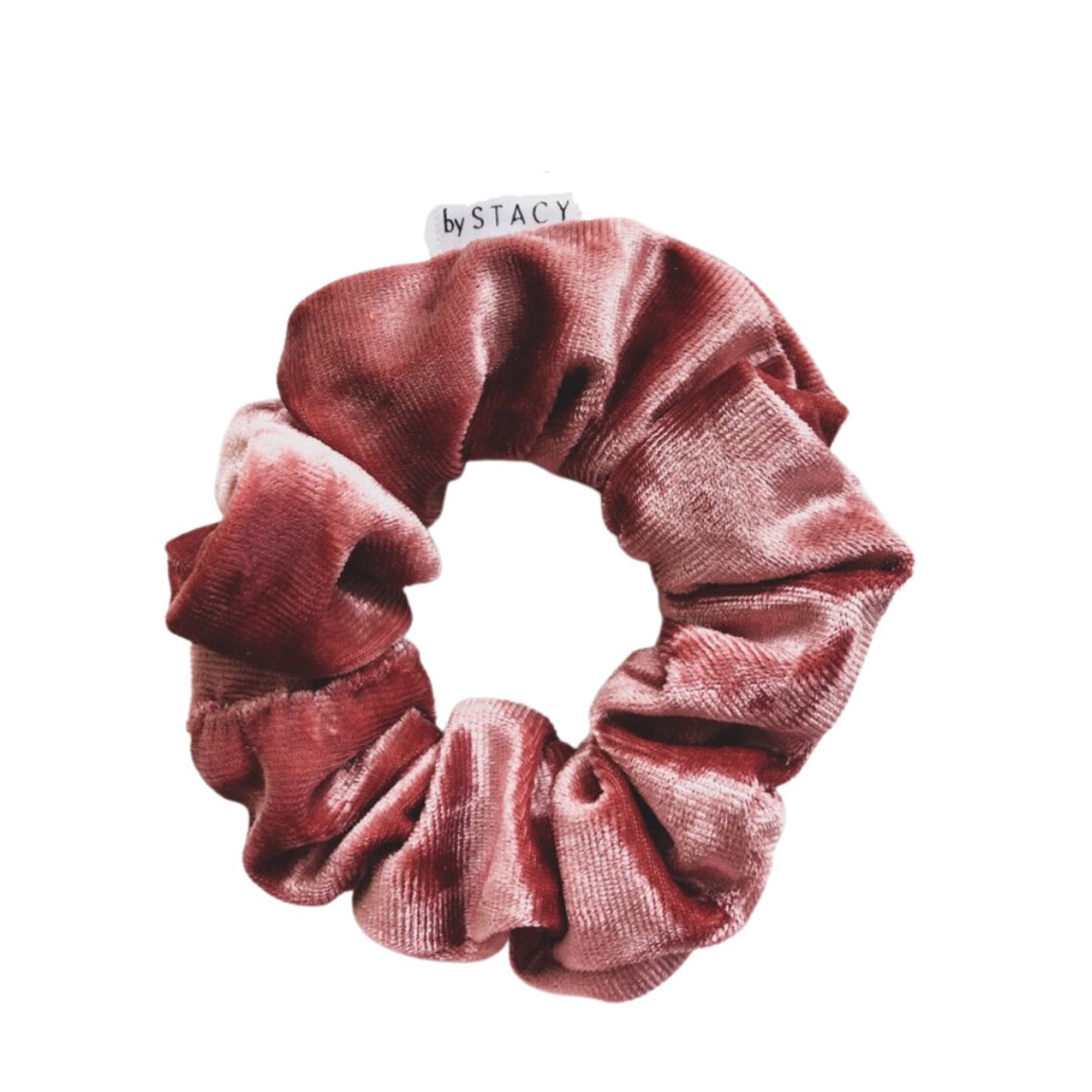

This means you’ll be tempted to add more loops for a tighter grip, which can crease and break your hair beyond repair. With repeated use, plastic spiral hair ties lose their elasticity. Spiral hair ties are also largely made out of plastic, which is bad for your wallet, your hair and the environment. This is especially prone to happen if plastic spiral hair ties are used to secure hair in active settings, like for a gym workout or a volleyball match.

Badly tangled hair can lead to devastating breakage. When it comes to our hair, however, those springy coils become a death trap. Plastic spiral cords have since made various appearances in the cute-kitsch fashion motif, appearing on teenage arms as colorful bracelets and on keyrings as lanyards. Those who remember landline telephones from the ‘80s and ‘90s can likely conjure up an image of a slinky-like cord stretched within an inch of its life.

Plastic spiral hair ties resemble old-school phone cords. Let’s examine spiral hair ties and what this trend really means for your hair and for the planet. Touted as a hair tie that holds up, won’t damage your hair and doesn’t cause headaches, spiral hair ties largely owe their share of attention to influencers and pop icons fueling the fad. These plastic coils went from an obscure accessory to a hot new fashion trend seemingly overnight. With one of these ponytail holders, there's nothing but good hair days ahead.If you’re an Instagram junkie or a fashion aficionado, you may have heard of spiral hair ties. From translucent plastic coils that blend in with your unique shade (they're ideal for red heads, who might struggle in the color match department) to silk scrunchies that offer plenty of grip but absolutely no slip, there's a hair tie variety ahead that will make ponytail or bun days that much more comfortable-and then undetectable (not a single crease left in their wake!) when you take them out.īest of all? Plenty of these options look as good as they feel some, particularly several of the colorful scrunchies, pull double duty as an accessory. They're some of the best on the market for many reasons: They don't cause tension headaches (another common hair tie-driven symptom, which is often the result of an ultra-tight hairstyle), hair damage, or unsightly dents. That's where the following options come into play. Rectifying these ponytail holder problems, however, isn't impossible-you just need better hair ties. If you ever wondered why you have so many "baby hairs" framing your face, look no further than your hair tie, which might be breaking a good chunk of your strands right in the middle. We've all been there: That too-tight pony not only causes dents and creases (effectively ruining your blow out), but also tears your strands at the gathering point.

They're a necessary part of your hair routine-they keep your mane out of the way when you're exercising, cooking, or concentrating-but often feel more like a necessary evil than a functional accessory. Whatever your hair type, texture, or length, you likely have a tenuous relationship with your hair ties.


 0 kommentar(er)
0 kommentar(er)
